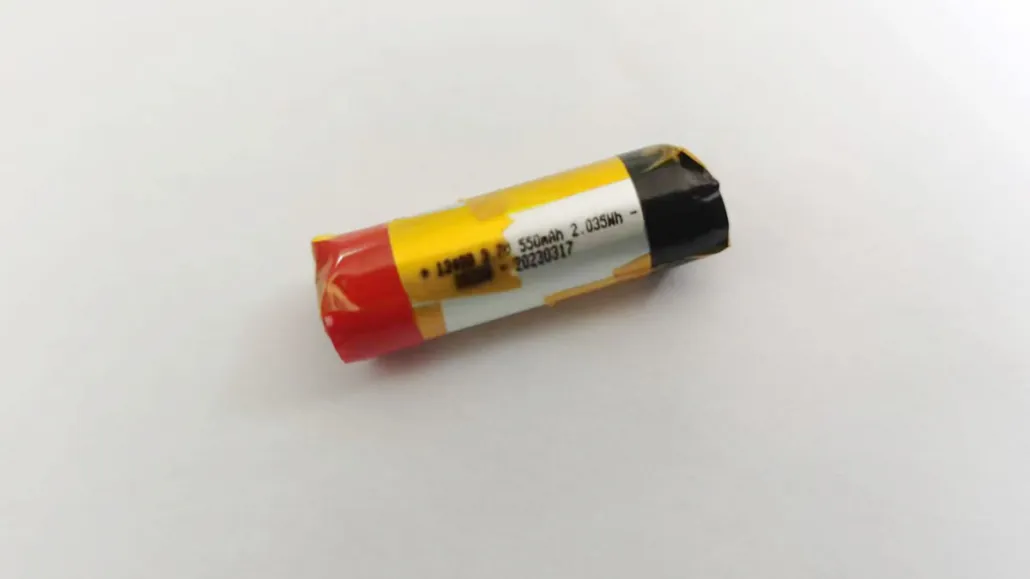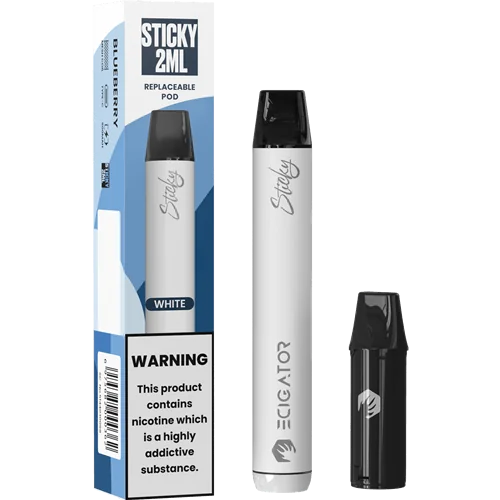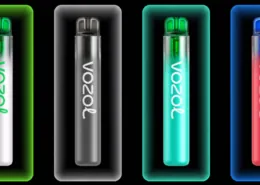What’s Really inside A Vape? A Teardown Analysis
Vapes, also known as e-cigarettes, have gained significant popularity over the past two decades as an alternative to traditional smoking. However, as their prevalence and use have grown, so have concerns about their safety and environmental impact. Governments and regulators are now taking action, with Australia recently passing a world-first bill that will ban all vapes from general retail later this year.
The most common vapes on the market today are single-use, disposable products designed to appeal to younger consumers. Despite their short lifespan, vapes are complex devices that contain several valuable resources. Unfortunately, there are no practical means to collect or recycle these products, resulting in most of them ending up as electronic waste (e-waste) in landfills or as litter on the streets.
The Anatomy of a Vape
Vapes can be categorized as either reusable or disposable (single-use), with the latter being more prevalent. Reusable vapes feature rechargeable batteries and refillable cartridges or liquid reservoirs, often offering a wide range of flavors. More advanced vapes may include microprocessors that enable customizable features, colored LEDs, and even small colored screens.
Single-use disposables, in their simplest form, contain the common components found in all e-cigarette types. These include a battery, a pressure sensor (similar to a modified microphone), an LED light, a heating element, and a reservoir filled with e-liquid (the “juice”). When a user takes a drag on the device, the pressure sensor activates the battery, which powers the heating element to vaporize or atomize the liquid.

Deconstructing a Single-Use Vape
To better understand the inner workings of vapes, a teardown analysis was conducted on a random selection of commonly found, depleted, single-use vapes. This process involves systematically disassembling a product to identify and describe its internal components and their relationships.
Housing
Disposable vapes are not designed for disassembly. The main housing is typically made of aluminum and covered with a paint finish and graphics, with plastic end caps. Removing the end caps can be challenging, but once accomplished, the internal assembly can be slid out. The internal parts are often wedged or taped together within the main housing, with battery terminals soldered to wires connecting to a pressure sensor and a heating element embedded in an e-liquid reservoir.

Battery
Despite being non-rechargeable, all the disposable vapes examined contained a lithium battery. These batteries are similar to those found in power drills and electric vehicles, albeit much smaller. They have a high power density, allowing them to store a significant amount of electrical energy in a relatively small package. This is necessary to provide periodic bursts of energy to the heating element and outlast the e-liquid supply in the reservoir. Interestingly, all the batteries tested during the teardown of depleted single-use vapes still maintained a charge capable of powering a test light bulb for at least an hour.

Pressure Sensor
The air pressure sensor is a semiconductor switching device that functions similarly to a microphone, converting vibrations into electrical energy. When a user takes a drag on the vape, it creates a partial vacuum within the device, causing a drop in pressure. The pressure sensor detects this change and closes an electronic switch, completing a simple circuit that illuminates an LED and supplies current to the heating element.

Heating Element: Vaporizer
The heating element is embedded in a cap at one end of the e-liquid reservoir and connected to a wick. When the device is activated, an electrical current heats a metal strip, vaporizing some of the volatile e-liquid.

E-Liquid Reservoir
Disposable vapes contain an absorbent foam material saturated with e-liquid, housed in a plastic tube with silicone end caps. A wicking material runs through the center of the reservoir, drawing the surrounding e-liquid into contact with the heating element. The e-liquid itself contains various ingredients, such as propylene glycol, nicotine, and flavorings, many of which have unknown health impacts.

The Environmental Impact of Disposable Vapes
The consumption of vapes has skyrocketed in recent years, contributing to a significant proportion of a new and alarming category of e-waste. Single-use e-waste results in a substantial loss of valuable materials, particularly aluminum and lithium. Moreover, when a disposable vape is discarded in the trash, the energy-dense lithium batteries pose a fire hazard for waste management workers.
The materials found in vapes also have toxic effects on the environment when released. The combination of potentially valuable metals with low-value materials like plastic makes vapes difficult to separate and recycle. Overall, single-use vapes are undeniably wasteful of resources and dangerous to the environment.

Ecigator Sticky Prefilled Pod Kit
The Ecigator Sticky Prefiiled Replaceable Vape Pod Kit is new kind of vape kit which the prefilled disposable pod can be changed.
That means you don’t need to throw away the whole kit but just change another pod. Also you can change the pods to taste different flavors.
Conclusion
The teardown analysis of disposable (single-use) vapes reveals the complex nature of these seemingly simple devices. While they may offer an alternative to traditional smoking, their growing popularity and disposable nature have led to significant environmental concerns. As governments and regulators begin to take action, it is crucial to consider the long-term impact of these products on both human health and the planet.
By understanding the inner workings of vapes and the materials they contain, we can better appreciate the need for more sustainable and responsible alternatives. As consumers, it is our responsibility to make informed choices and support initiatives that prioritize the well-being of both individuals and the environment.
- New Zealand Extends Heated Tobacco Tax Cut to 2027 - July 29, 2025
- Spain Pushes for Nationwide Beach Smoking & Vaping Ban - July 29, 2025
- US Smoking Rates Fall as Vaping Rises: 2024 NSDUH Report - July 29, 2025








